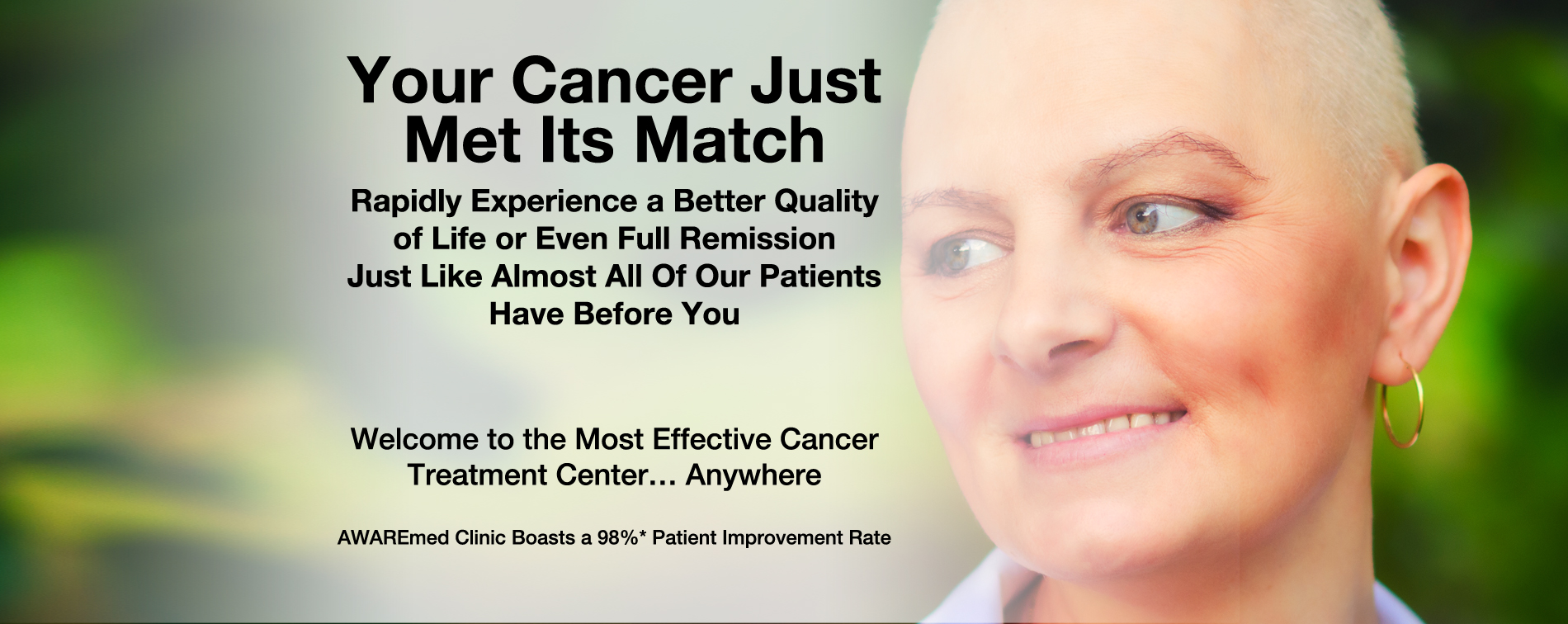Regional recurrence cure
Regional recurrence cure: Breast cancer diagnosis

Regional recurrence cure for a more comfortable life
Like with other treatments of other types of cancer, in most cases, the regional recurrence cure may involve the use of surgery, radiation therapy and drug treatments. For a better understanding of a regional breast cancer recurrence treatment procedures, let’s discuss each briefly.
Surgery. When the cancer cells has been identified, surgery is the best for this treatment. The surgeon operates the patient to remove the tumor. In the process, he/she may also remove the lymph nodes under arm if they’re still present.
Radiation therapy. Occasionally radiation therapy may be used after surgery. However, where surgery isn’t the suitable procedure, radiation therapy may be used as the main treatment for a regional breast cancer recurrence.
Drug treatments. Chemotherapy, targeted therapy or hormone therapy and may be recommended as the main treatment or may follow surgery or radiation.
Regional recurrence cure: Metastatic breast cancer
This disease has a variety of treatment options. The ideal option will depend on the stage of the cancer. A series of treatment options may be applied where the patient fails to respond positively. It is important to appreciate that the main objective of treatment here is not to cure the disease. This is a life prolonging treatment as it only relieves the patient from symptoms caused by cancer. The focus here is to help the patient live as comfortable and for as long as possible. Treatments may include:
Hormone therapy. For those patients whose cancer is hormone receptor positive, hormone therapy will be essential. This treatment approach has minimal side effects in relation to chemotherapy. This makes it to be the first treatment used for metastatic breast cancer.
Chemotherapy. Where the patient cancer is hormone receptor negative or if hormone therapy is no longer working, chemotherapy may be recommended.
Targeted therapy. If your cancer cells have certain characteristics that make them vulnerable to targeted therapy, this medication may be recommended.
Bone-building drugs. This becomes applicable where the cancer has spread to the bones. It helps in reducing the risk of broken bones and also reduces bone pain.
Other treatments. Radiation therapy and surgery may be used in certain situations to control signs and symptoms of advanced breast cancer.
Regional recurrence cure: Alternative medicine
As we look into this, it is important to note that this is not a replacement of the mainstream breast cancer treatment. In fact alternative medicine treatments doesn’t cure breast cancer. Nevertheless, complementary and alternative medicine therapies are essential in helping patients cope with side effects of treatment when combined with the doctor’s care. Like for instance, most cancer patients are distressed which brings about sadness and worries. In such condition, sleep and feeding or even concentration becomes difficult. This is where the complementary and alternative treatments come in. according to doctor Dalal Akoury MD, President and founder of AWAREmed health and wellness resource center, the following alternative treatments can be very helpful:
- Yoga
- Relaxation exercises
- Music therapy
- Meditation
- Exercise
- Dance or movement therapy
- Art therapy
At AWAREmed health center, this is what we do best. If you are struggling with such pain, we would like to help you the best way we can. Give us a call today and let us be part of your healing success.









